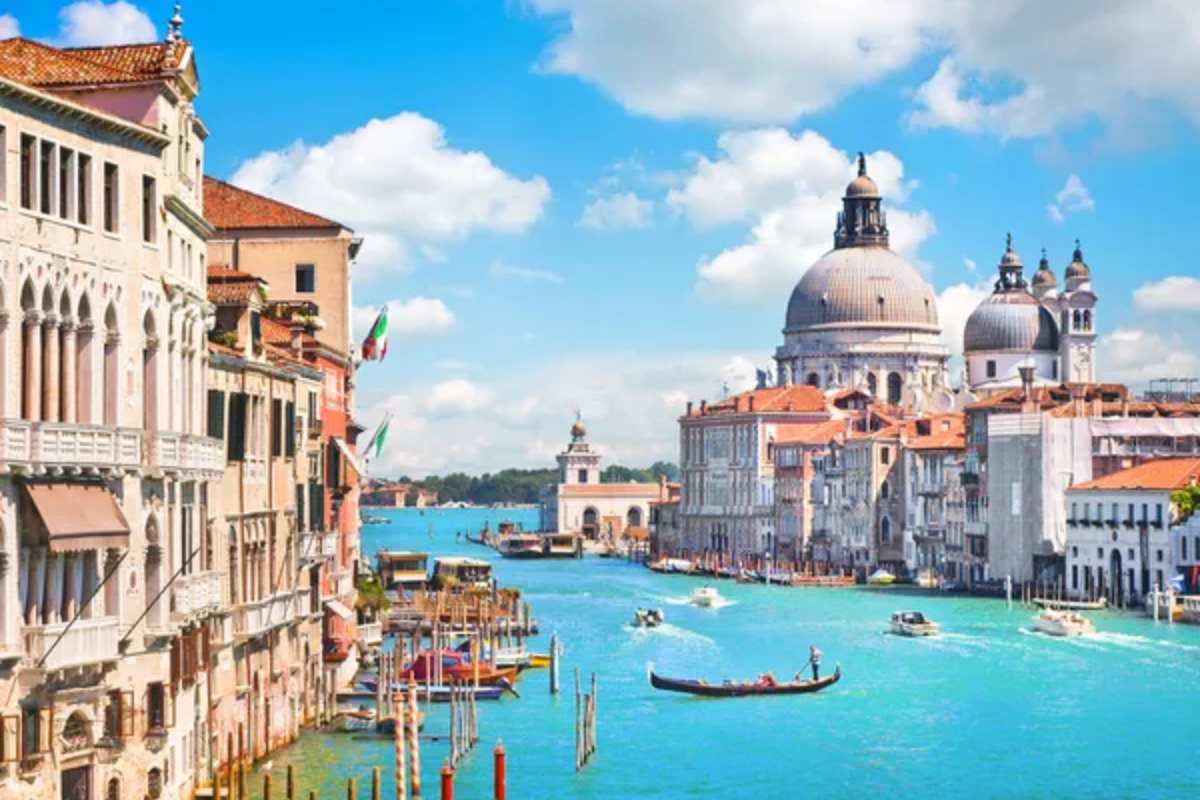While millions flock to Rome, Venice, and the Amalfi Coast each year, Italy guards some of its most spectacular treasures along its 4,700 coastline. Beyond the famous destinations lie hidden island paradises where Italians themselves escape the tourist crowds.
These lesser-known islands offer authentic experiences, with pristine beaches, family-run restaurants, and the relaxed pace of Mediterranean life. Here is a list of 20 secret Italian islands that locals have kept to themselves for generations.
Marettimo
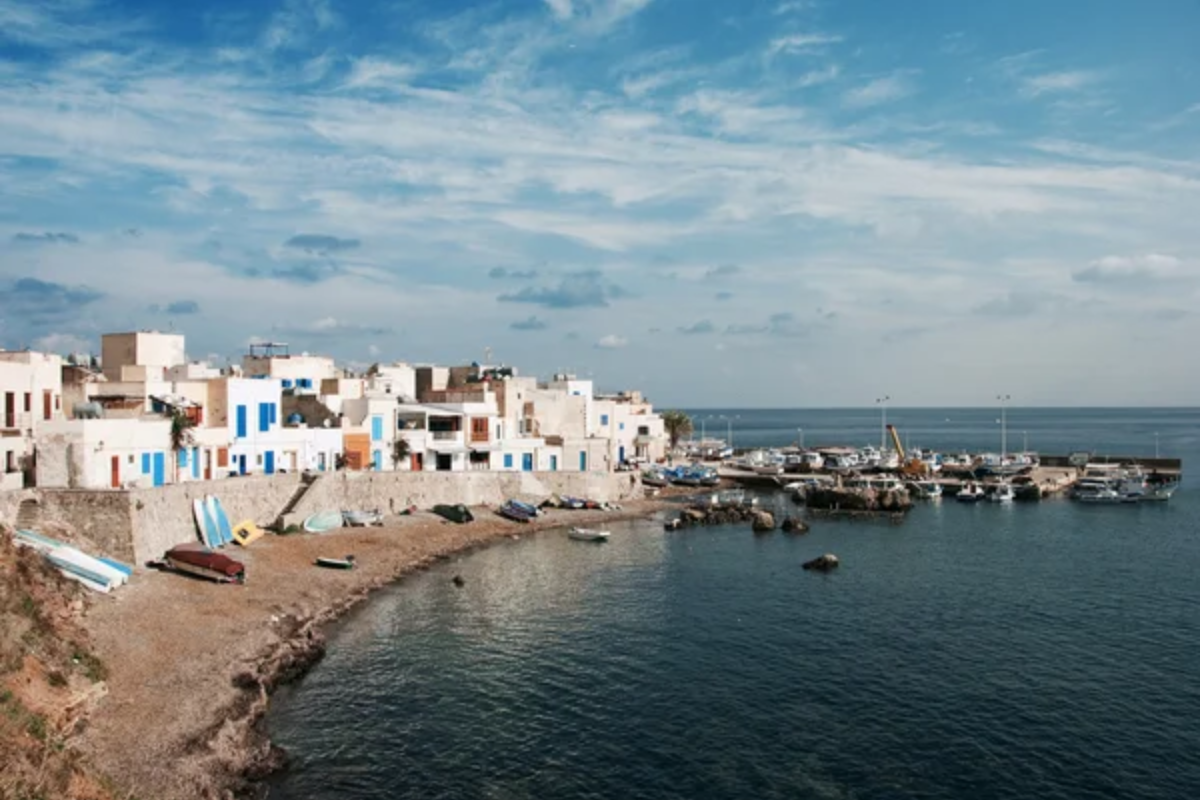
This remote outpost in the Egadi Islands off Sicily’s western coast feels like stepping back in time. Marettimo has just one small village and no cars. Rugged mountain trails lead to Byzantine ruins and secluded coves.
The crystalline waters surrounding the island are protected as a marine reserve, making it a paradise for snorkelers and divers who explore underwater caves and encounter diverse marine life just offshore.
San Domino
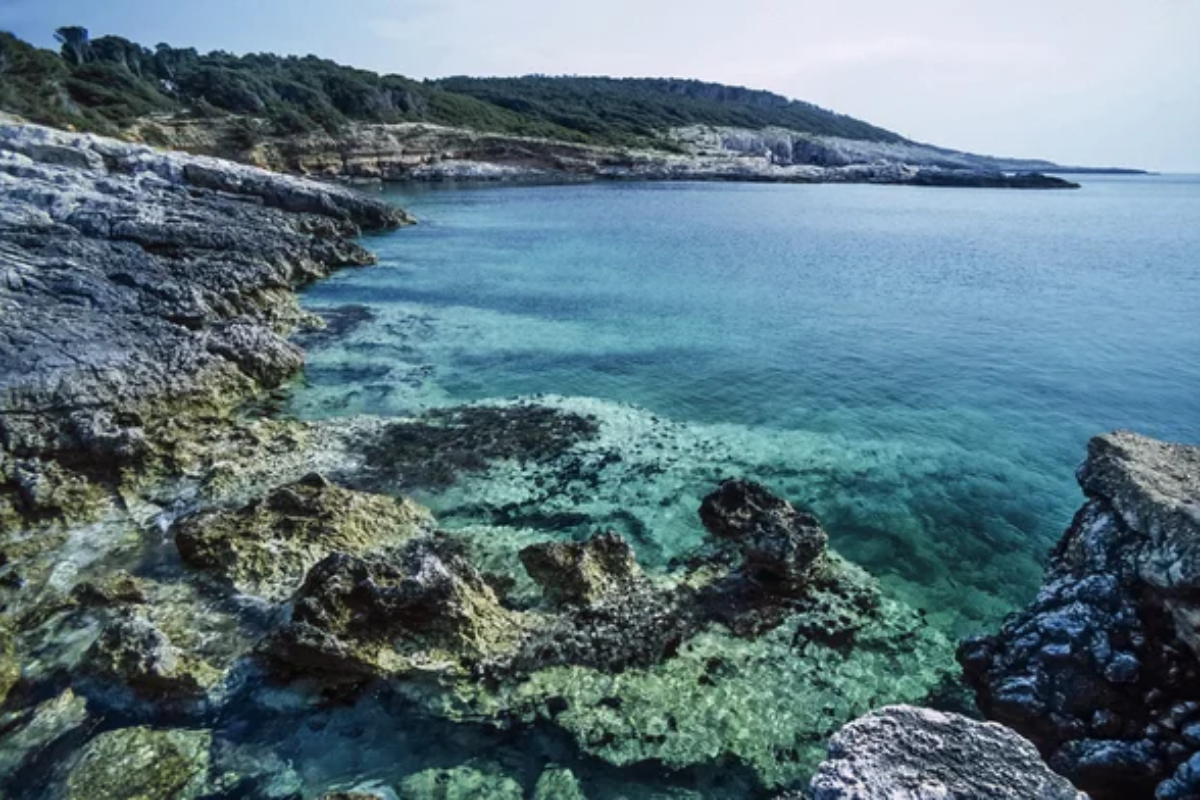
The largest of the Tremiti Islands in the Adriatic Sea charms visitors with its dense pine forests and dramatic limestone cliffs. Local fishermen offer boat tours around the archipelago, revealing hidden grottoes only accessible from the water.
The evening passeggiata (evening stroll) along the harbor promenade becomes a gathering of the entire island community, where visitors quickly feel like temporary locals.
Like Travel Pug’s content? Follow us on MSN.
Alicudi
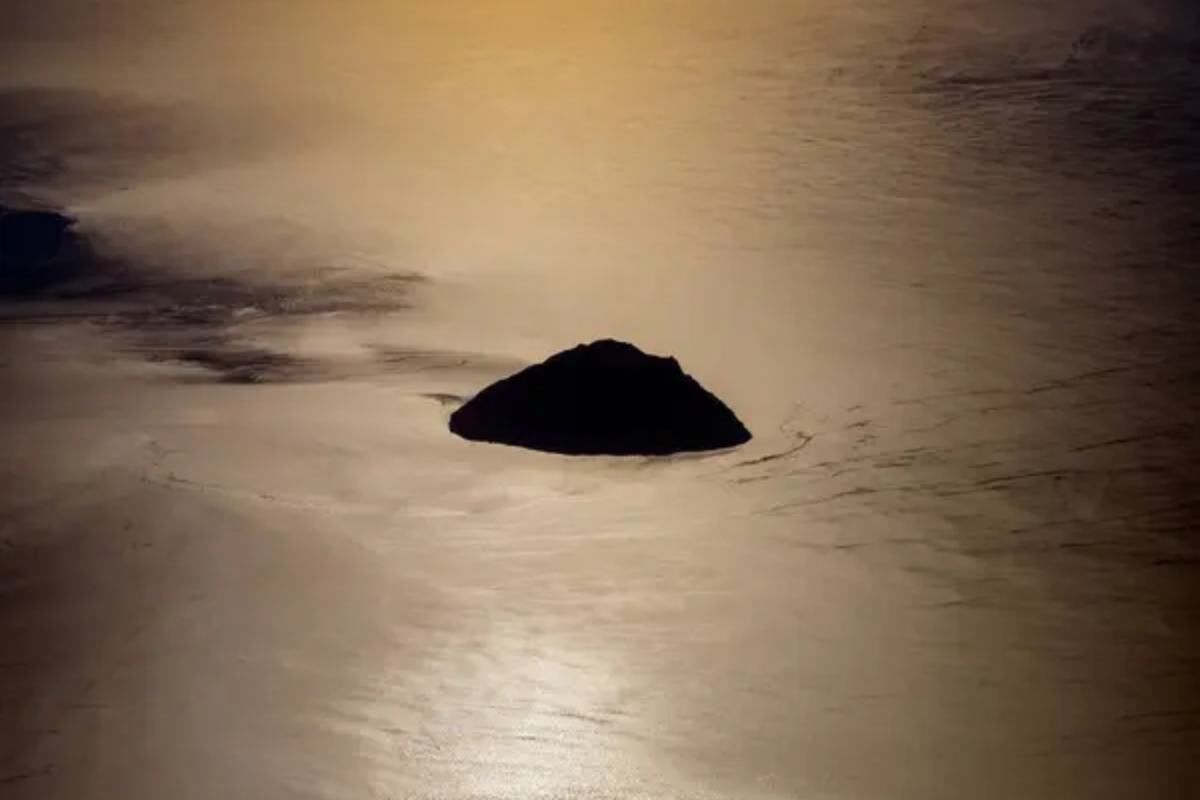
Living in Alicudi is like living in another century. As the most remote of the Aeolian Islands, it has no roads, no cars, and donkeys still serve as the main form of transportation. The island’s volcanic slopes are terraced with stone walls built by generations of farmers, while its western side remains completely uninhabited and wild.
Electricity only arrived here in the 1990s, and the night sky remains one of Europe’s darkest and most star-filled.
Filicudi
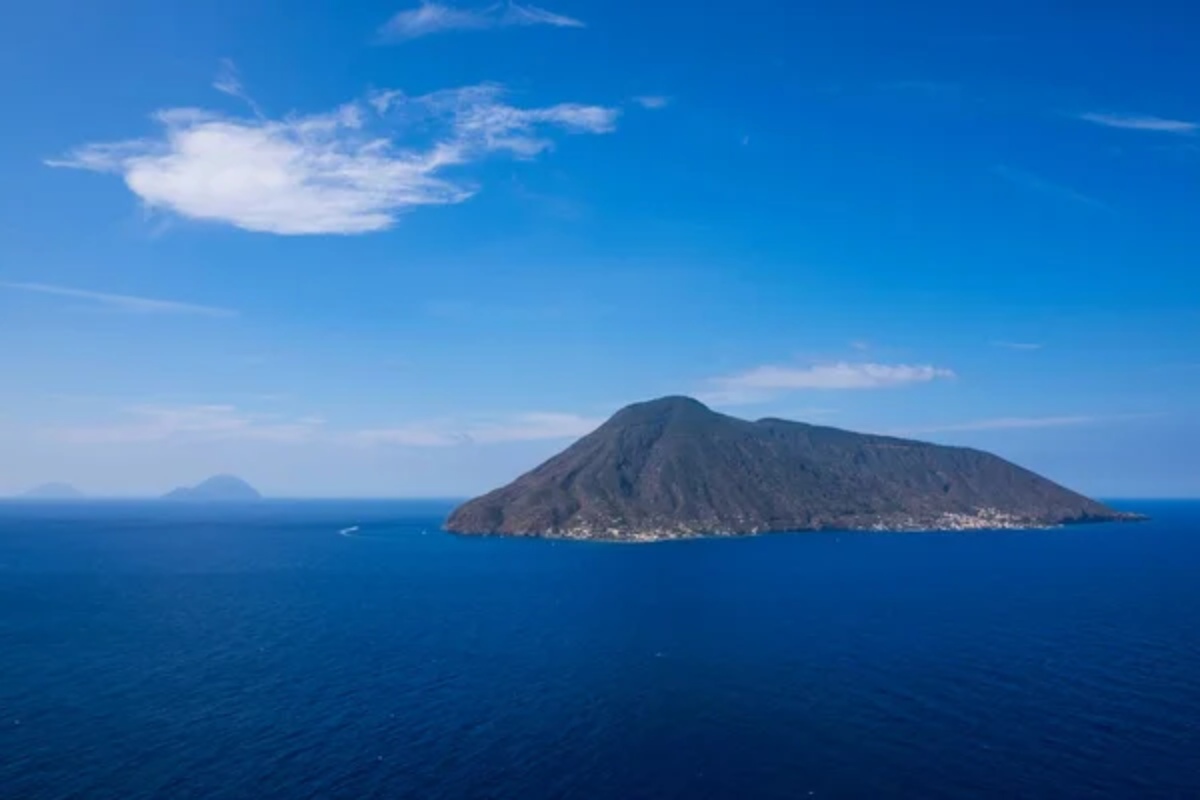
Sister to Alicudi in the Aeolian chain, Filicudi offers prehistoric settlements dating back to 1800 BCE and beaches accessible only by boat or challenging hikes. The island’s highlight is La Canna, a dramatic rock spire rising 243 feet from the sea like a natural skyscraper.
Local fishermen prepare ‘pasta with rockfish’ using the morning’s catch, a simple dish that tastes entirely different here than anywhere else.
Levanzo
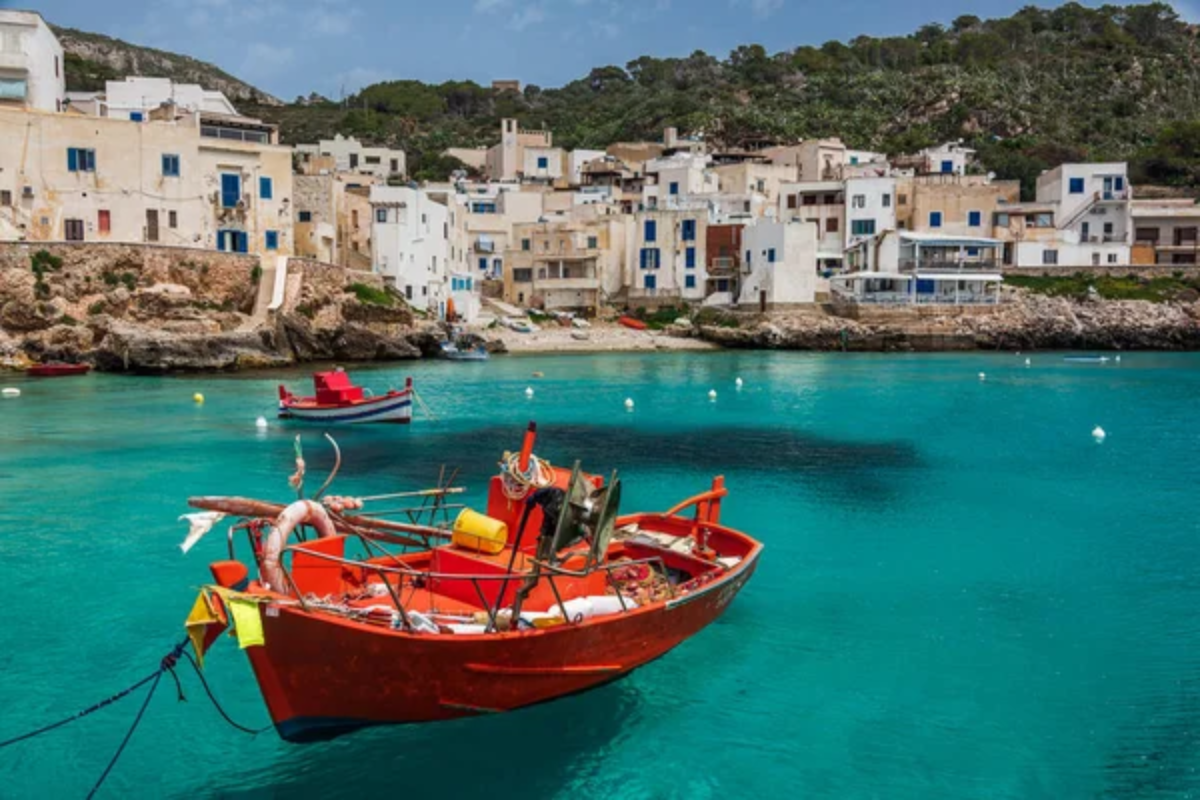
The smallest inhabited island in the Egadi archipelago holds an incredible prehistoric secret. Hidden in a difficult-to-access cave are Neolithic paintings dating back 11,000 years, depicting ancient hunting scenes in remarkable detail.
Above ground, Levanzo’s single white-washed village feels more Greek than Italian, with blue-trimmed houses clustering around a tiny harbor where fishing boats bob gently in the Mediterranean sunshine.
Like Travel Pug’s content? Follow us on MSN.
Panarea
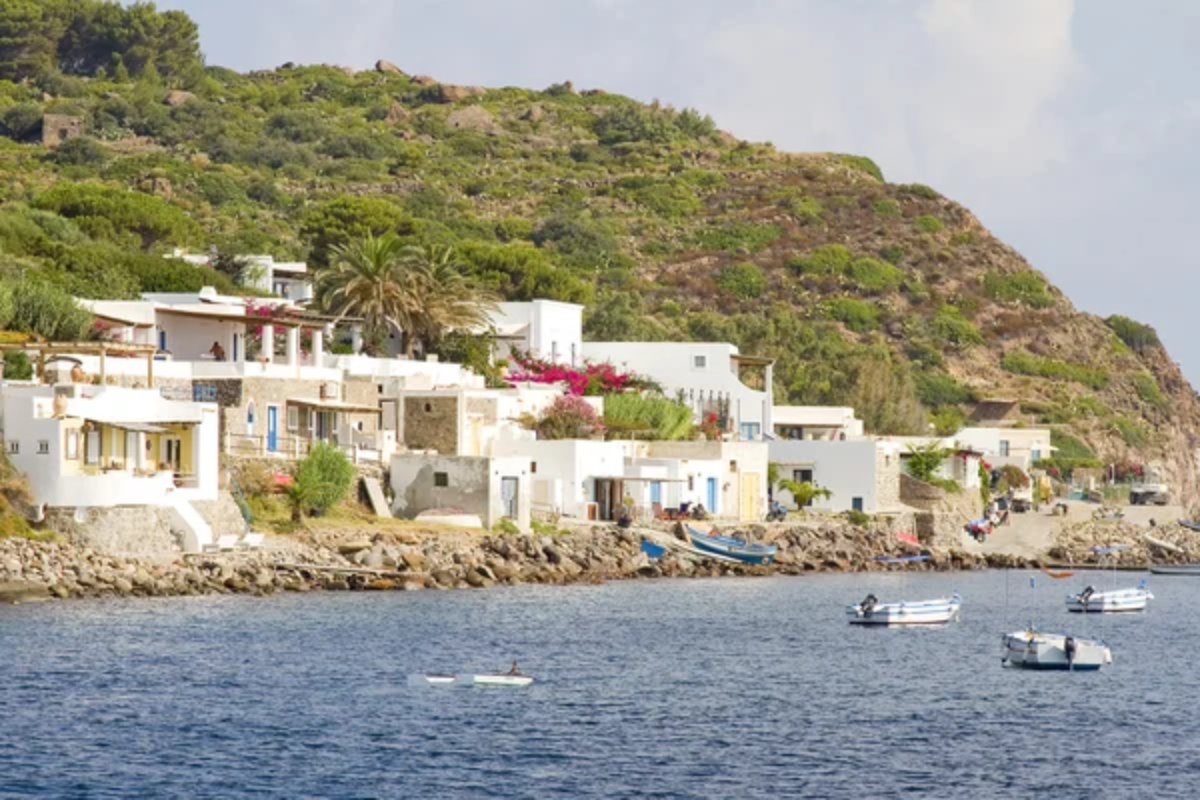
Though discovered by the jet set, tiny Panarea still feels like a secret outside of August’s peak weeks. The smallest Aeolian Island has no cars, limited electricity, and a resident population of just a few dozen in winter.
White-washed villas with vibrant bougainvillea cascade down to the turquoise sea, while the ruins of a Bronze Age village stand testament to 5,000 years of human habitation on this volcanic speck in the sea.
Linosa
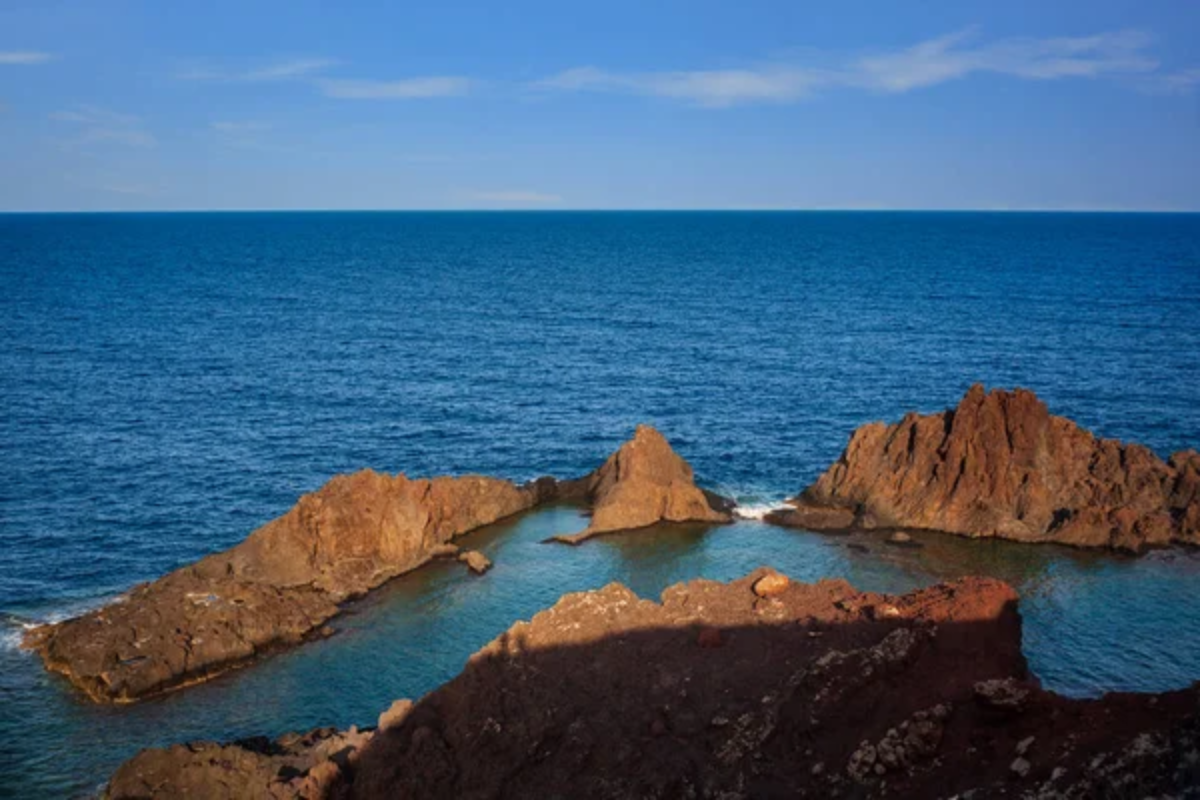
Closer to Africa than Sicily, Linosa’s black volcanic beaches and brightly painted houses create a surreal landscape unlike anywhere else in Italy. The island serves as an important nesting site for endangered loggerhead turtles, with locals passionate about conservation efforts.
Linosa’s isolation (a five-hour ferry journey from Sicily) has preserved its authentic character and kept it off the typical tourist radar.
Palmarola

Local Romans call Palmarola ‘the queen of the Mediterranean,’ yet few international visitors visit this uninhabited gem in the Pontine archipelago. The island’s dramatic rock formations include natural arches and columns rising from the sea and small caves that once housed fishermen.
With no permanent settlement, restaurants, or hotels, visitors come for day trips or anchor yachts in its protected bays.
Like Travel Pug’s content? Follow us on MSN.
Vulcano
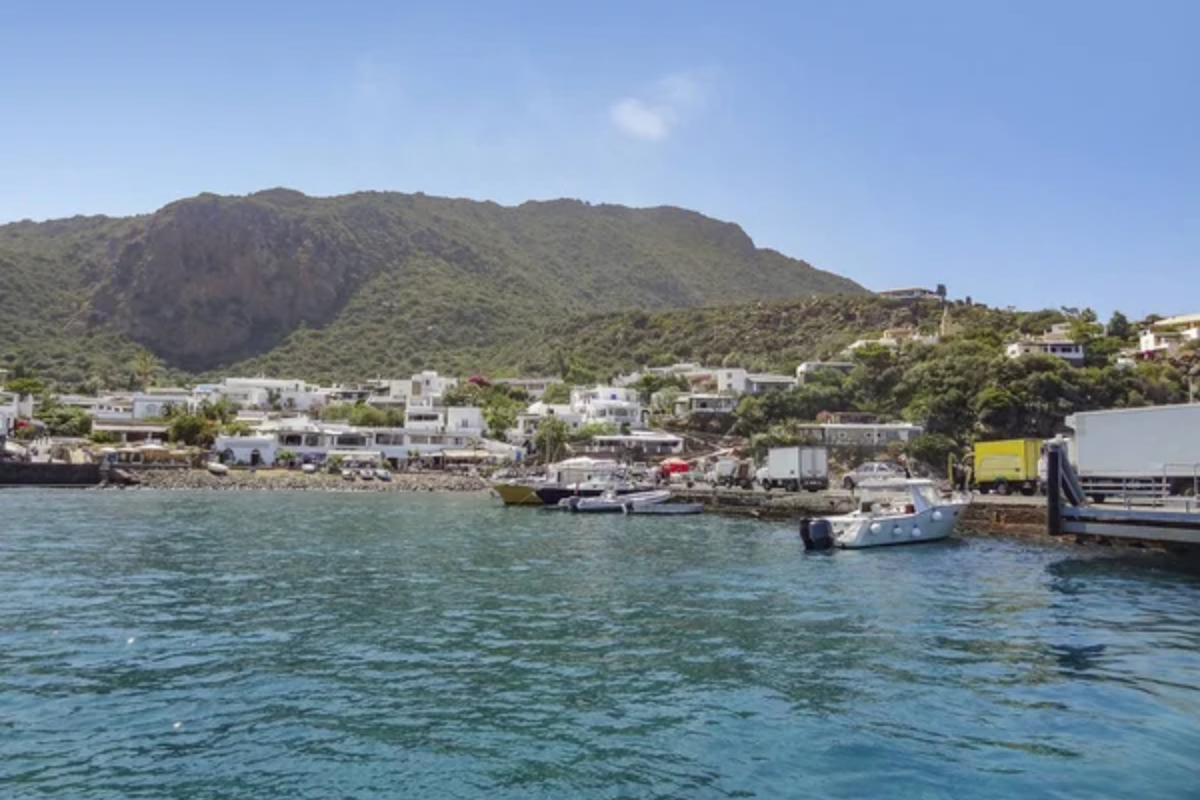
Despite its dramatic name, this Aeolian island offers more than volcanic activity. Beyond the famous mud baths and smoking crater, Vulcano hides secluded black sand beaches and countryside trails through landscapes that shift from lunar to lush within minutes of walking.
The local specialty of ‘black bread’ gets its color from cuttlefish ink and pairs perfectly with the mineral-rich white wines grown in the island’s volcanic soil.
Ustica
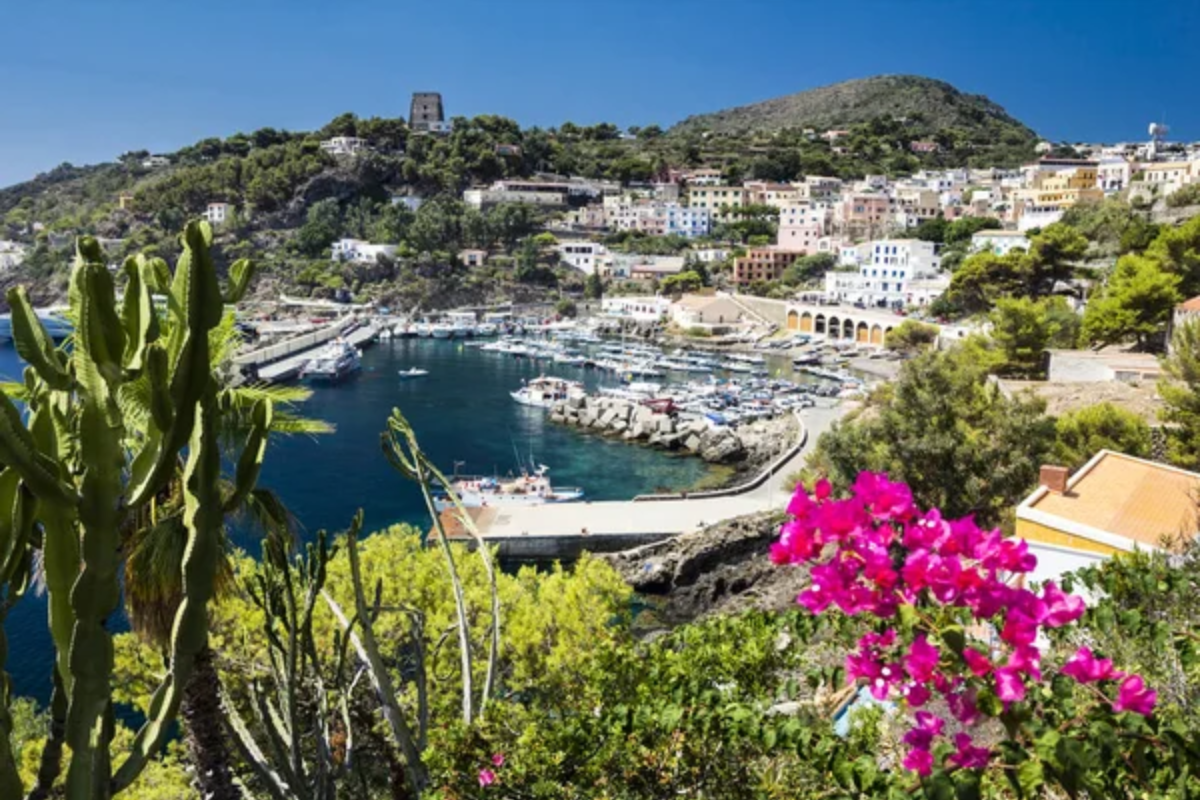
Known as the ‘black pearl of the Mediterranean’ for its dark volcanic shoreline, Ustica sits isolated in the Tyrrhenian Sea north of Palermo. Italy’s first marine protected area was established here, creating an underwater paradise where divers encounter ancient shipwrecks and countless fish species in exceptional visibility.
Above water, prehistoric settlements and remnants of a Bourbon-era prison add layers of human history to this natural wonder.
Ponza
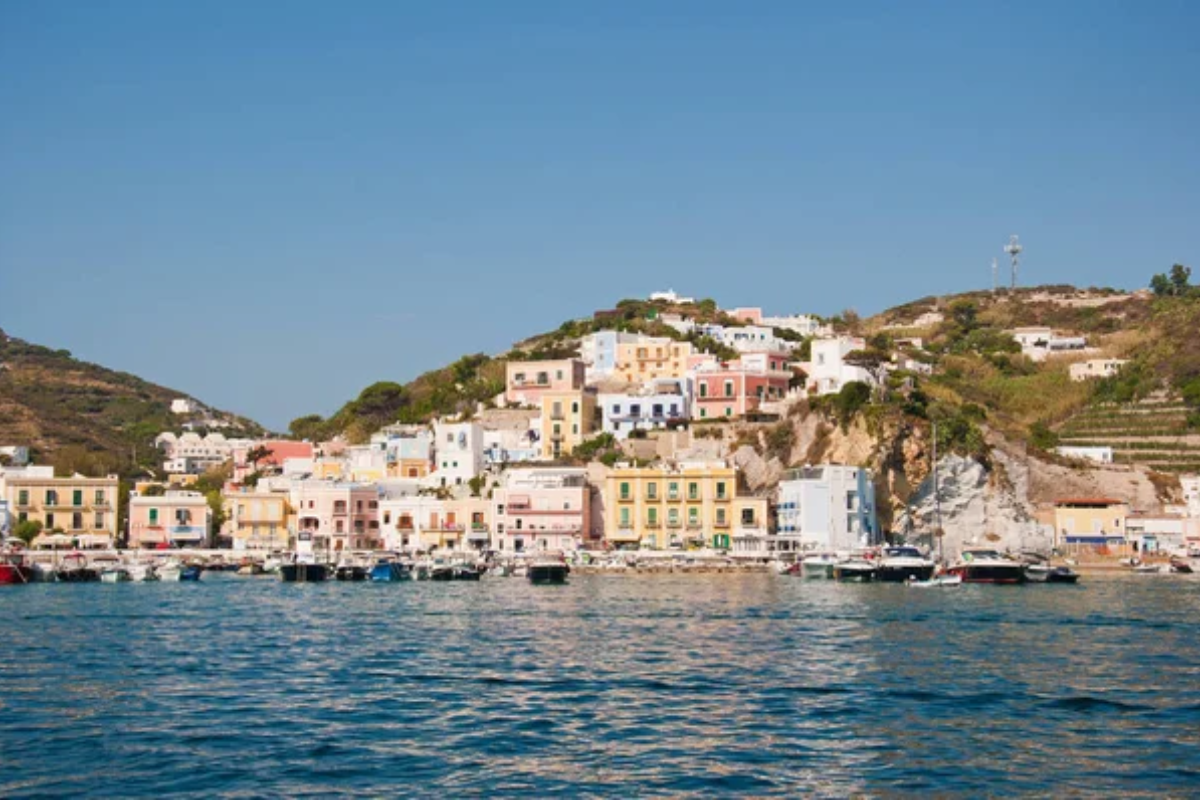
This crescent island in the Pontine archipelago has remained largely undiscovered by international tourists despite being a favorite weekend escape for Romans. Pastel-colored homes line the harbor where fishermen sell their catch directly from boats each morning.
The island’s dramatic, wind-sculpted white cliffs and hidden coves are best explored by renting a small boat from the main port.
Like Travel Pug’s content? Follow us on MSN.
Giglio
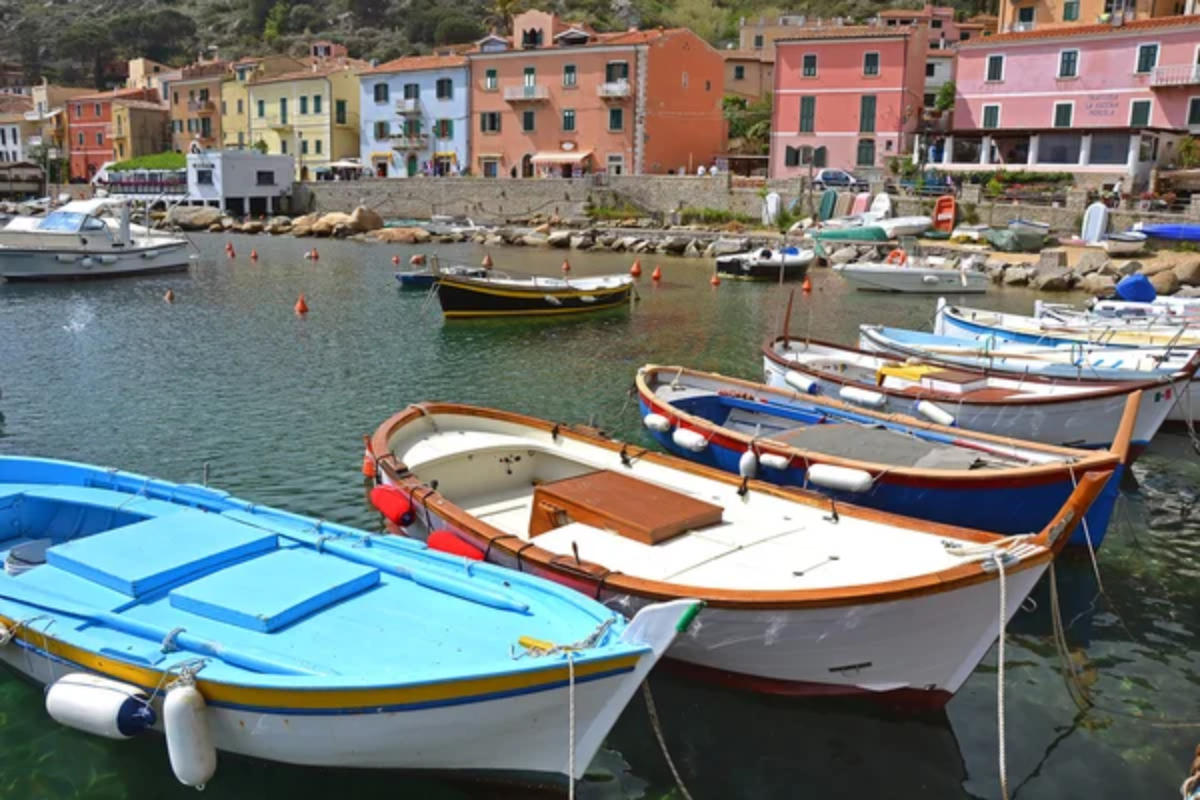
When a cruise ship ran aground near Giglio in 2012, this Tuscan island briefly made international headlines before returning to its cherished obscurity. Medieval stone houses climb the hillside from the port to a perfectly preserved castle overlooking the Mediterranean.
The island’s granite terrain produces exceptional wine from vines grown the same way for centuries, while its clear waters attract snorkelers to colorful reefs just offshore.
San Pietro
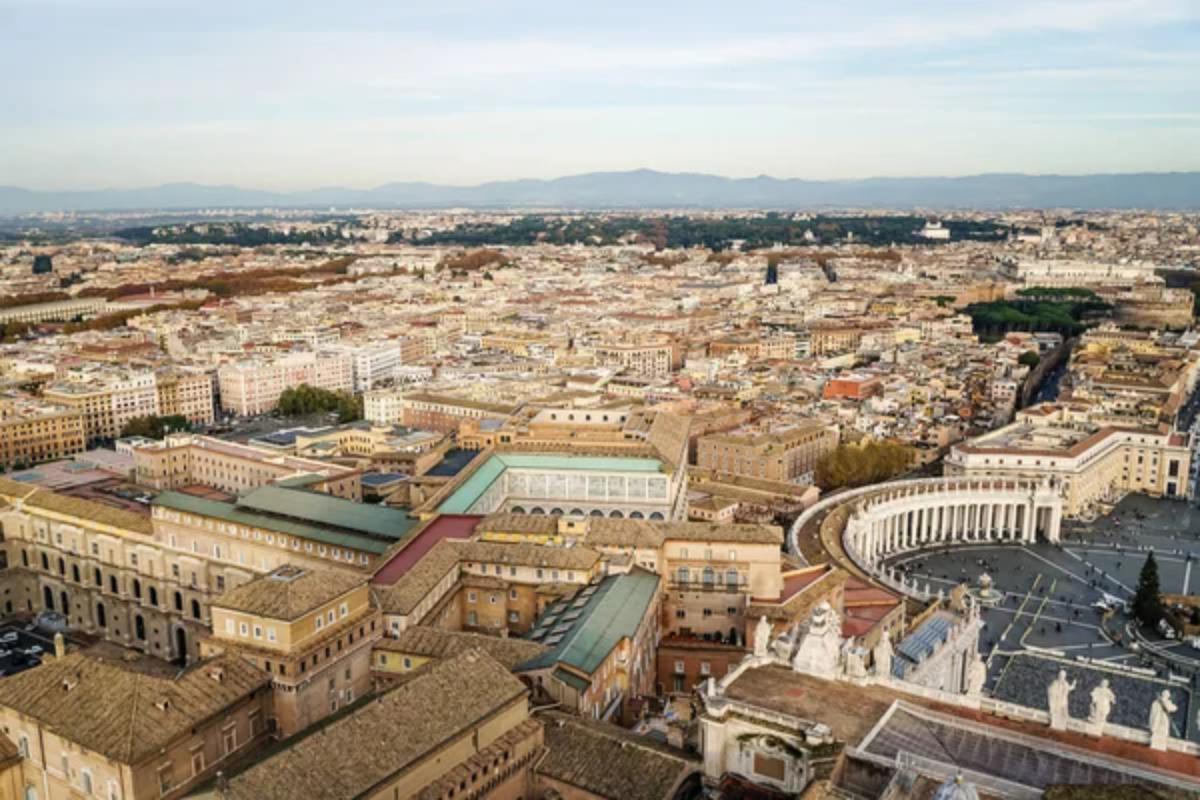
Off Sardinia’s southwestern coast, San Pietro carries a unique cultural identity. Settled by Ligurian fishermen in the 18th century, locals still speak Tabarchino, a distinct dialect of the Genoese language.
The island maintains traditions centered around bluefin tuna fishing, though today, the community focuses more on preservation than harvesting this threatened species. Walking trails along dramatic cliffs offer views of Tunisia on clear days.
Salina
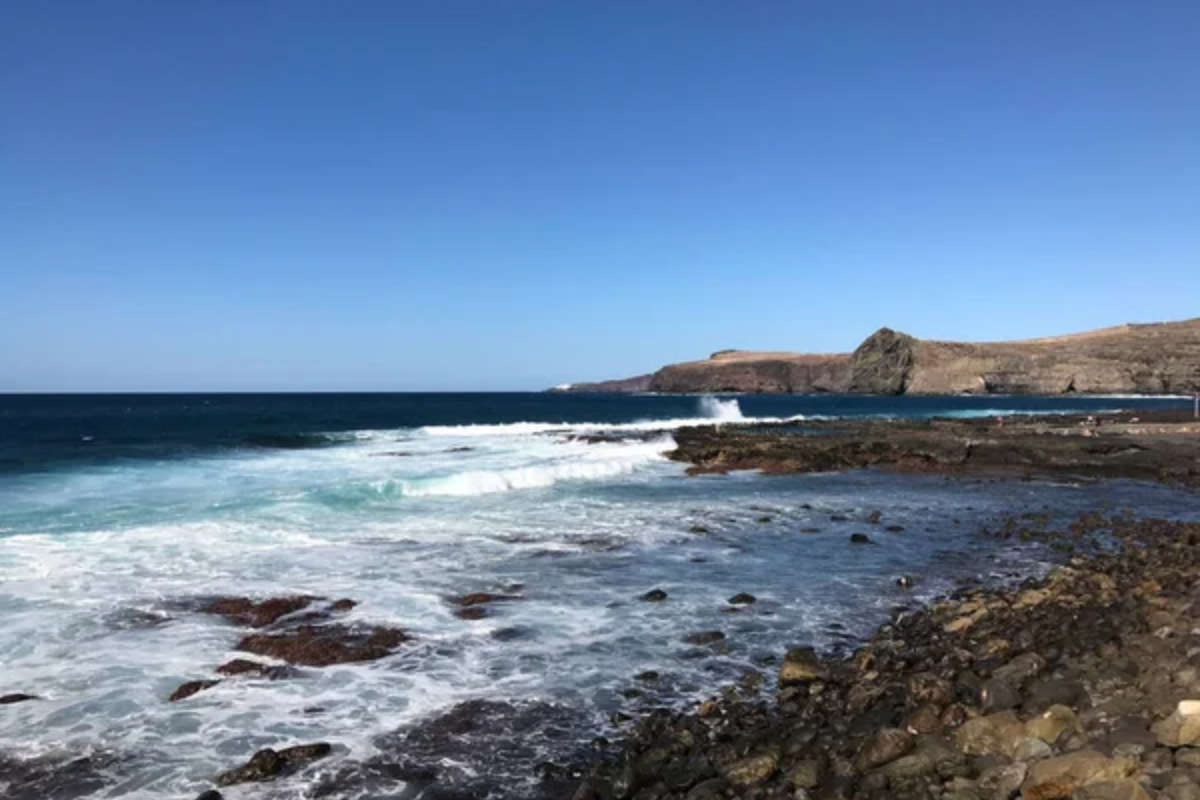
Unlike its more famous Aeolian neighbor, Stromboli, Salina’s twin volcanic peaks are dormant, allowing lush vegetation to thrive across the island. Sweet Malvasia wine and caper plants grow on terraced hillsides, while the tiny twin towns of Pollara and Malfa offer perfect examples of traditional island architecture.
The secluded beach at Pollara, which was made famous in the film ‘Il Postino,’ lies beneath towering cliffs in what was once a volcanic crater.
Like Travel Pug’s content? Follow us on MSN.
Procida
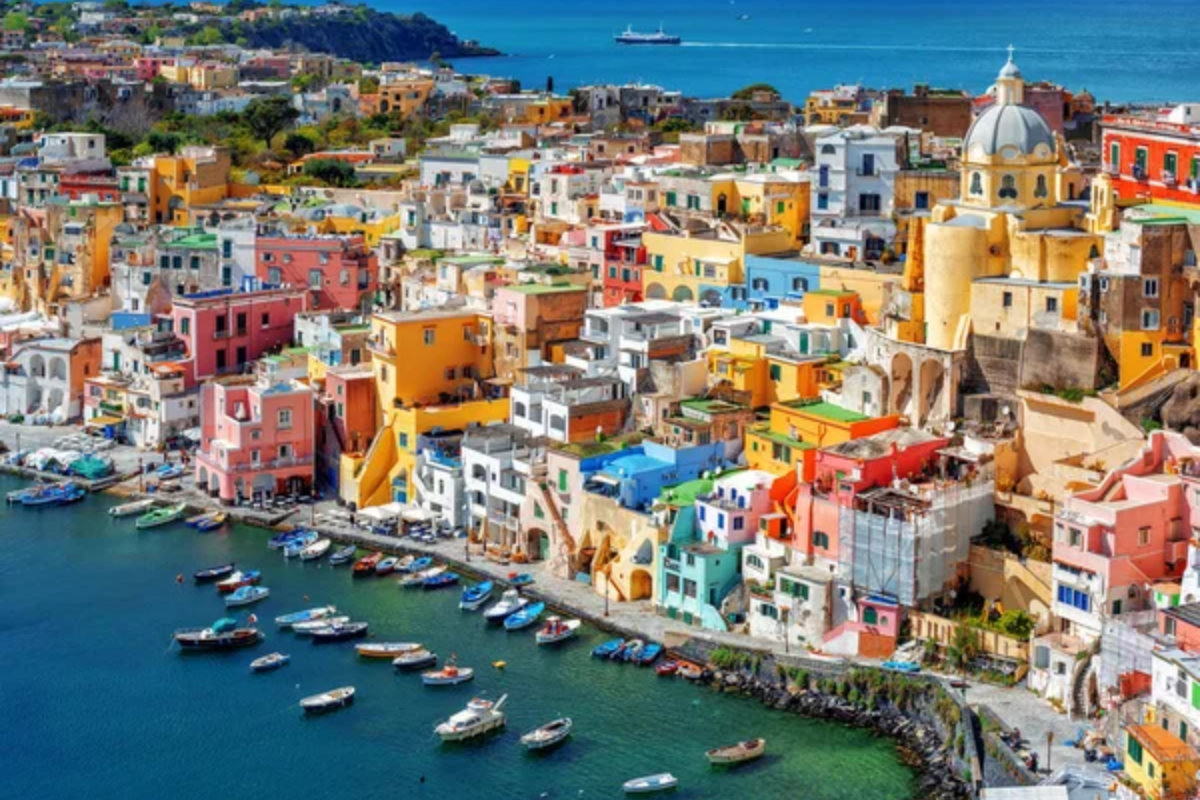
Though it briefly gained attention as Italy’s Capital of Culture in 2022, Procida quickly returned to its under-the-radar status among the Bay of Naples islands. Unlike flashy Capri, Procida maintains its authentic fishing village atmosphere with narrow streets lined by homes painted in pastel yellows, pinks, and blues.
The island’s traditional lemon salad dressing, featuring oversized local citrus, adds bright flavor to the freshly caught seafood served in family-run trattorias.
Favignana
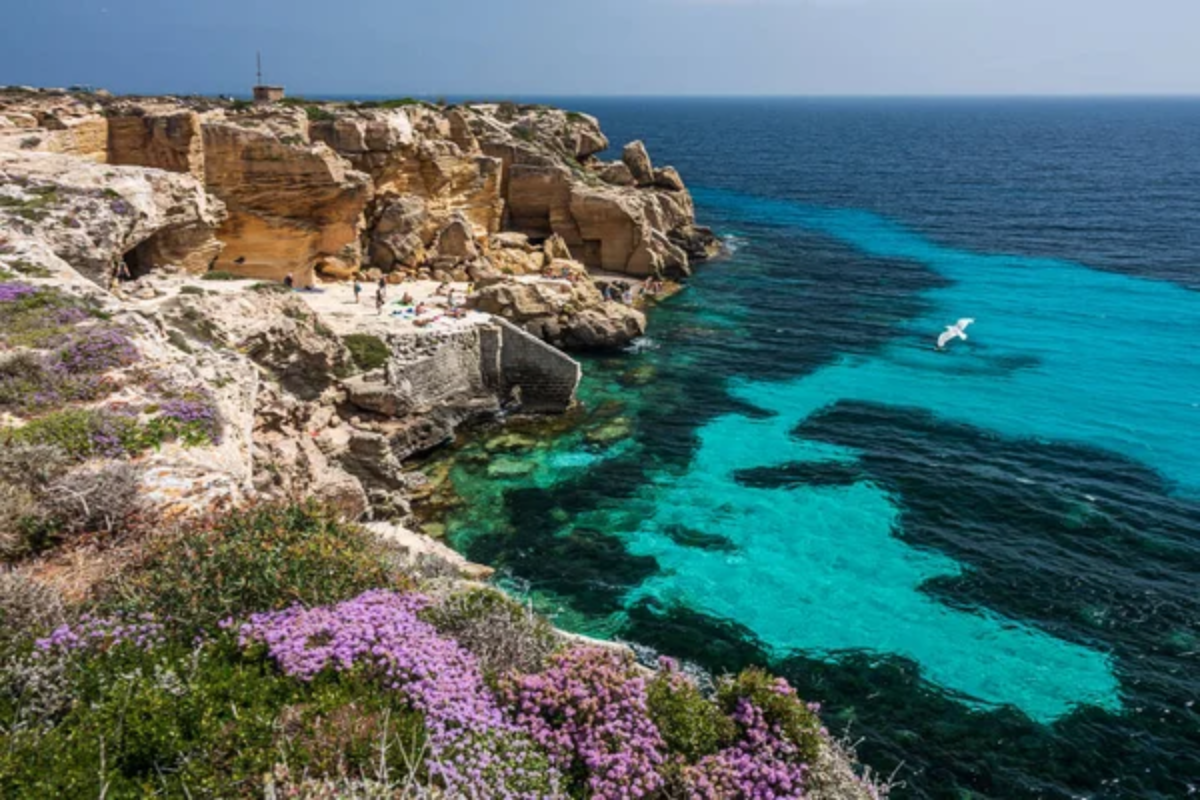
The largest of the Egadi Islands once served as the center of Sicily’s tuna fishing industry. Today, the abandoned tonnara (tuna processing facility) has been transformed into a fascinating museum while the island focuses on sustainable tourism.
Now abandoned, the distinctive tufa stone quarries have filled with rainwater to create surreal swimming spots among geometric cuts in the golden rock face.
Ventotene
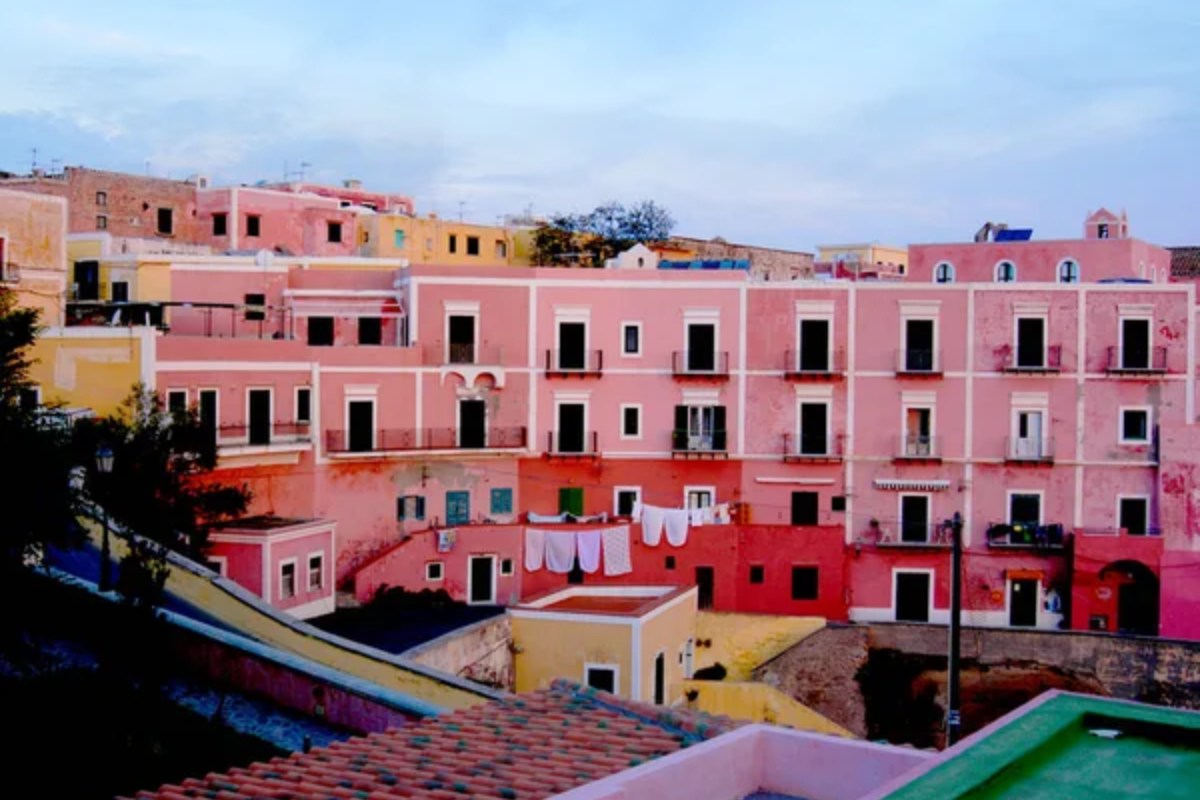
This speck in the Tyrrhenian Sea holds outsized historical importance. Ancient Romans used it as a place of exile for troublesome imperial women, while Mussolini imprisoned political opponents here during Fascism.
Today, the 700 permanent residents maintain a slow pace of life centered around the small Roman harbor carved from volcanic rock. The island’s isolation has created a sanctuary for migratory birds and marine life in the surrounding protected waters.
Like Travel Pug’s content? Follow us on MSN.
Capraia
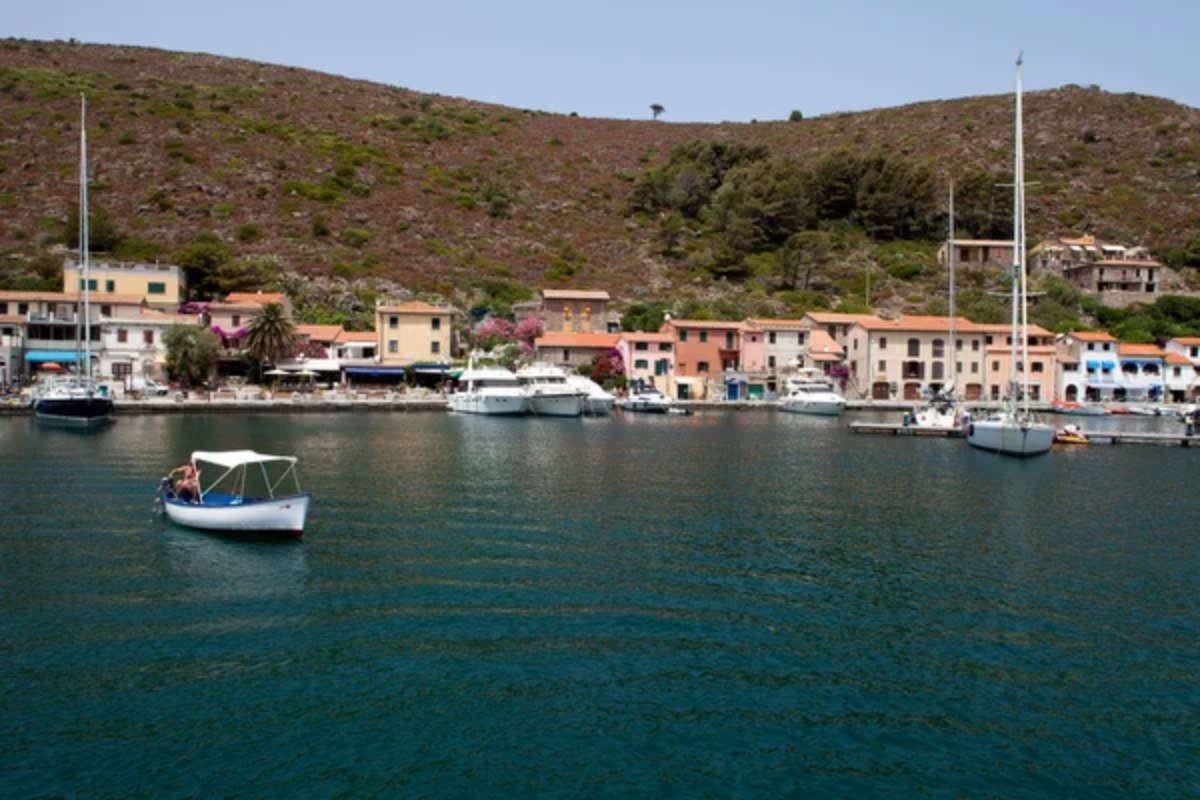
Though its name suggests a connection to the famous Capri, this Tuscan archipelago island couldn’t be more different from its glamorous namesake. A former penal colony until 1986, Capraia has just one small settlement and miles of untouched Mediterranean scrubland crossed by ancient mule paths.
The island’s volcanic origin reveals itself in dramatic red and black rock formations along the coast, creating natural sculptures that change color with the shifting sunlight.
Asinara
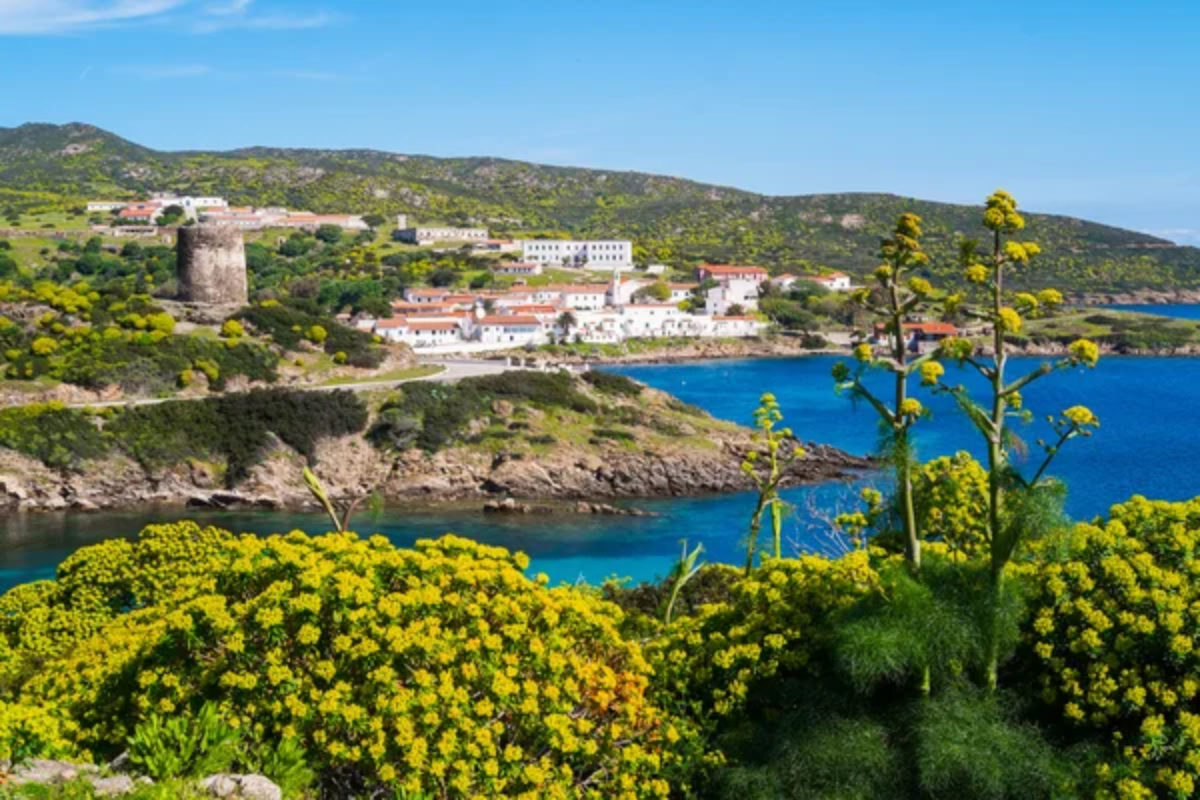
For nearly a century, this island off Sardinia’s northwestern tip was closed to the public—first as a quarantine station, then as a high-security prison housing mafia bosses. Reopened as a national park in 2002, Asinara is now home to indigenous white donkeys that roam freely across the landscape.
The former prison buildings offer a haunting reminder of the island’s recent past, while pristine beaches and clear waters show its promising future.
Pantelleria
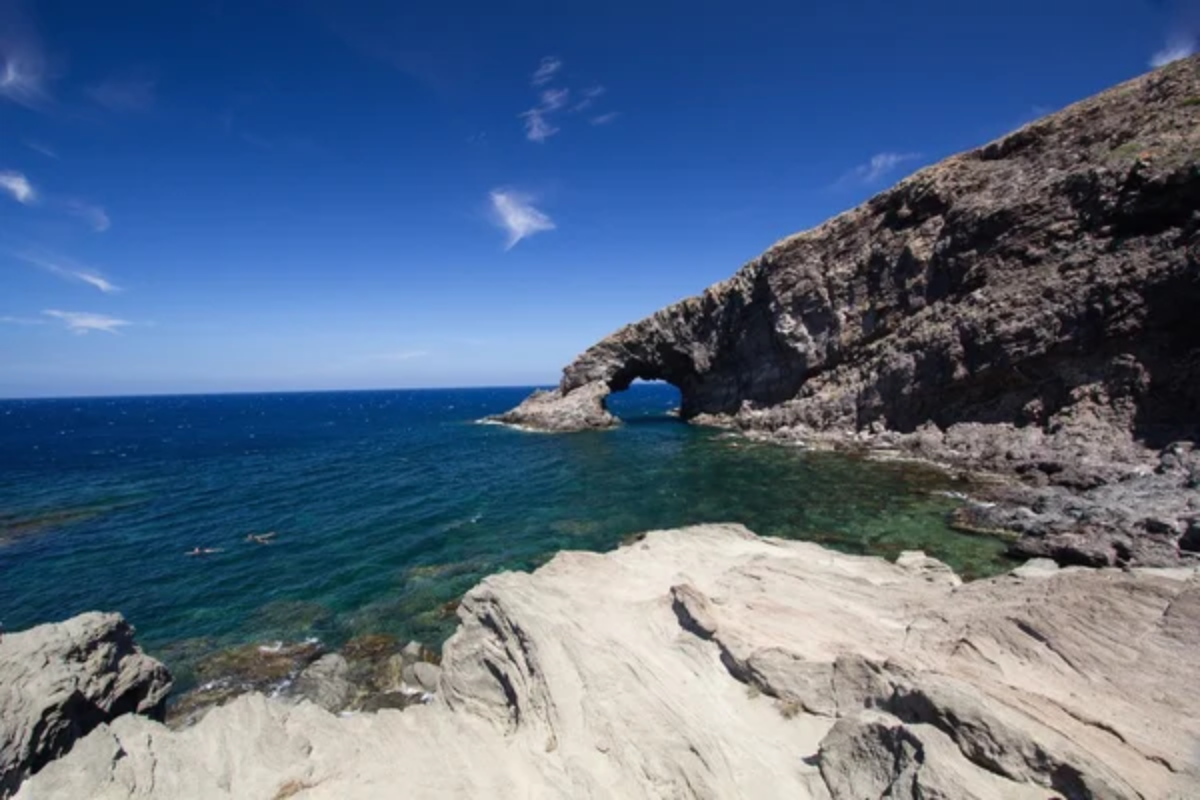
Closer to Tunisia than Sicily, Pantelleria combines Italian and North African influences in its architecture, cuisine, and culture. The island has no traditional beaches—instead, locals and visitors swim from smooth volcanic rock platforms that extend into the exceptionally clear sea.
The local tradition of building ‘dammusi’ (stone houses with domed roofs that collect rainwater) dates back centuries and continues today, with these distinctive structures dotting the terraced landscape.
Like Travel Pug’s content? Follow us on MSN.
Mediterranean Treasures Hiding in Plain Sight
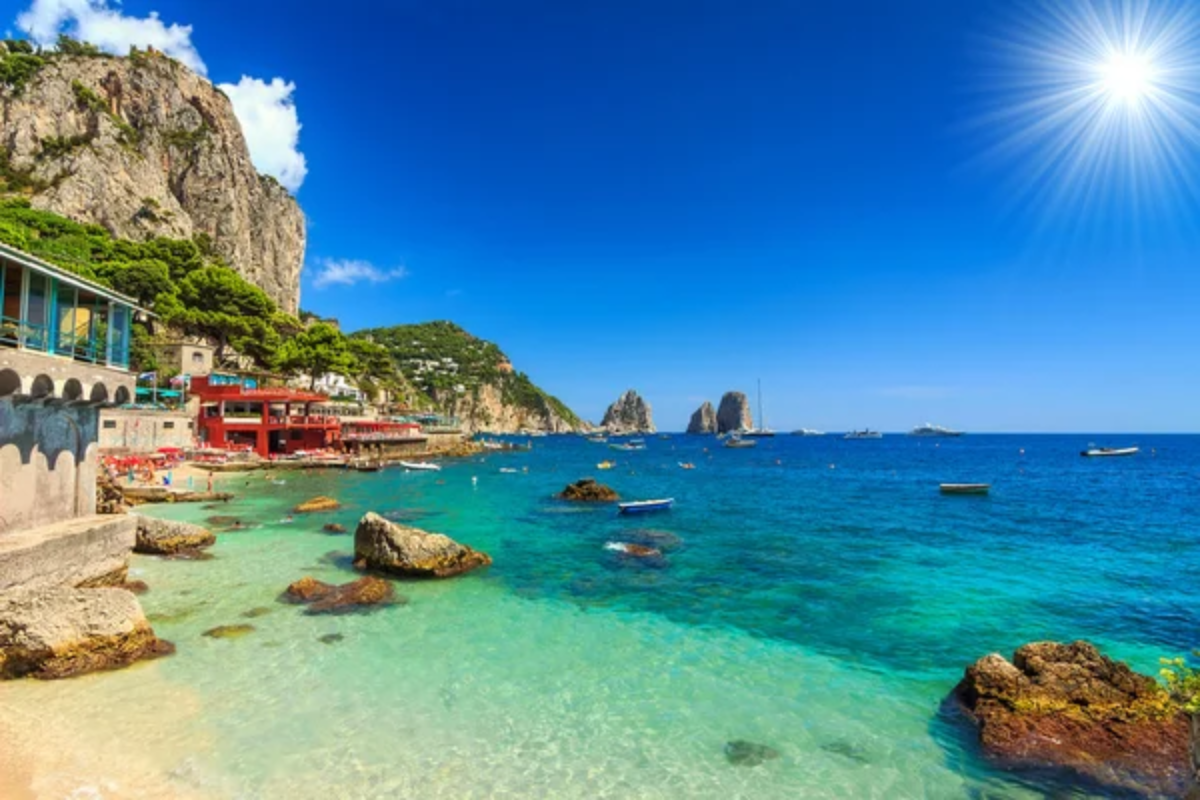
These secret islands reveal a different side of Italy, where traditions continue uninterrupted by mass tourism and nature remains largely unspoiled. While these hidden gems may require more effort to reach than popular destinations, the rewards of authentic experiences, crowd-free landscapes, and genuine connections with local communities make the journey worthwhile.
In these protected pockets of Mediterranean life, visitors don’t just see Italy—they become temporary participants in its most cherished island traditions.
More from Travel Pug

- 20 Towns Built for One Purpose That Were Later Abandoned
- 15 Hidden Spots in Disney World’s Magic Kingdom Most Visitors Miss
- 20 Once-Popular Beach Towns That Are Now Ghostly Empty
- 15 Canyons in the U.S. That Are Just as Stunning as the Grand Canyon
- 10 Under-the-Radar Mountain Towns That Are Both Affordable and Beautiful
Like Travel Pug’s content? Follow us on MSN.
